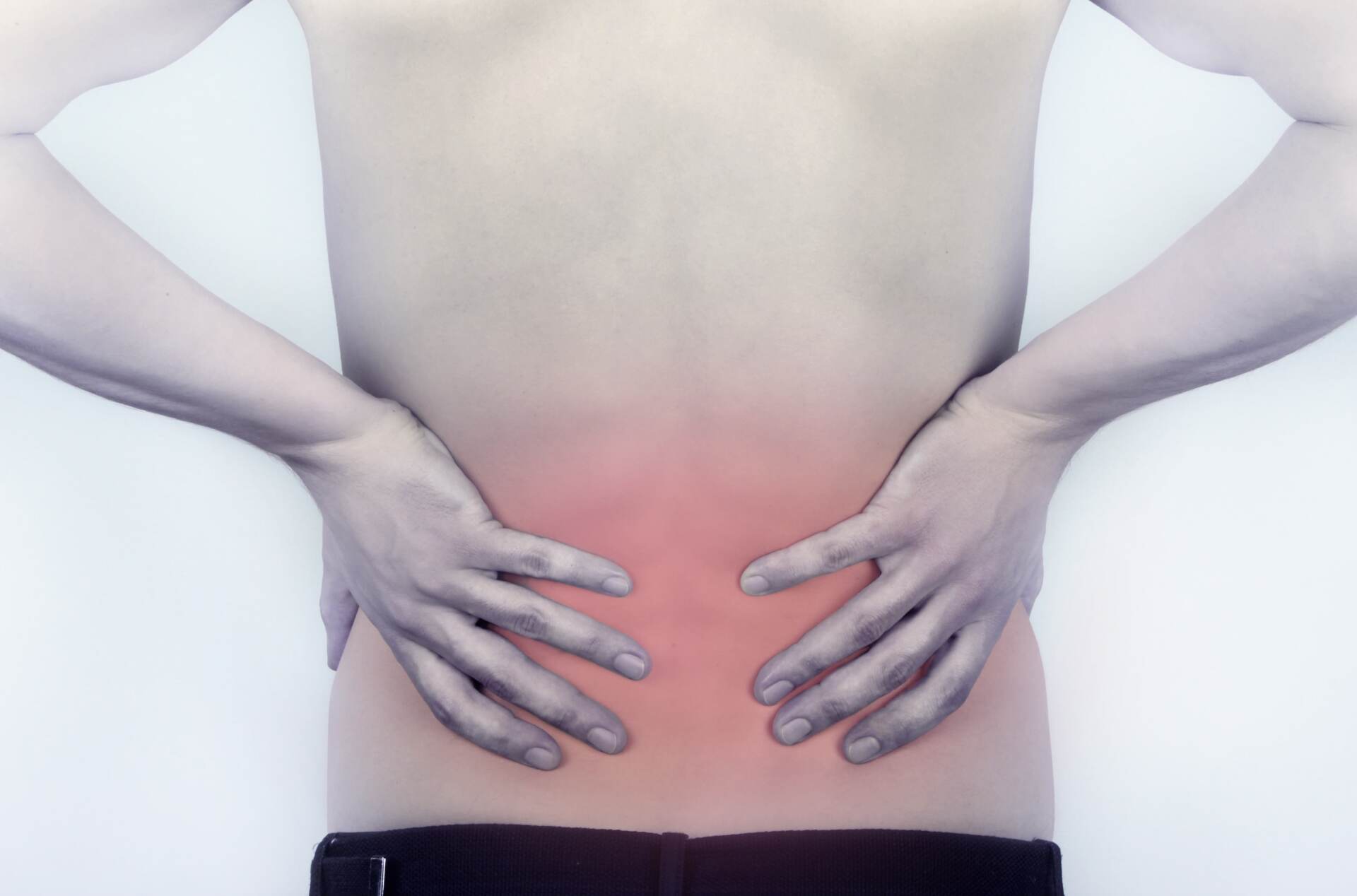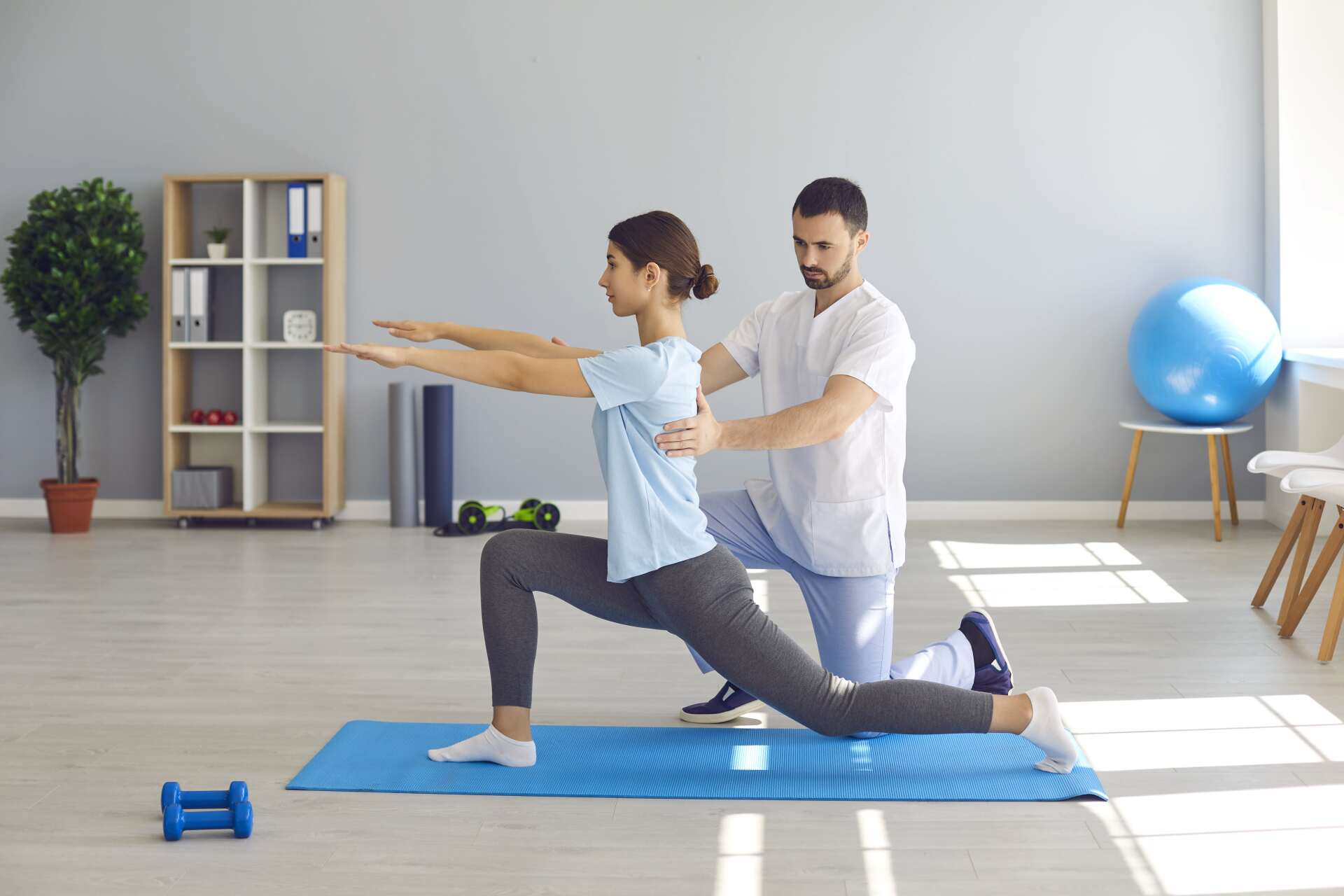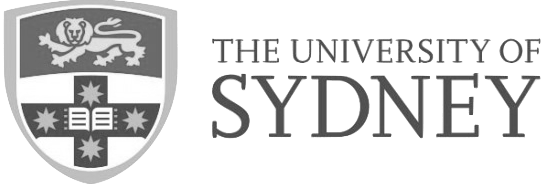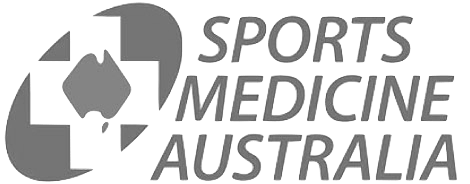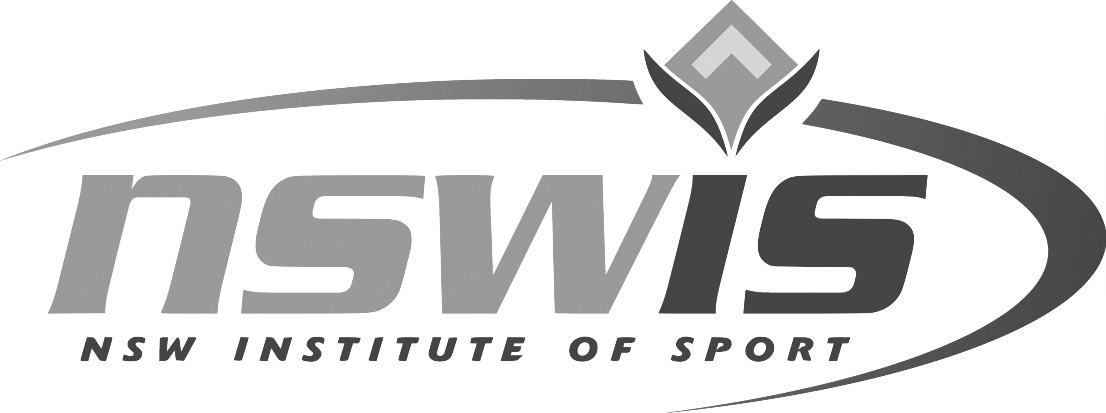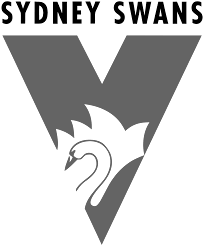Back Pain
Lower Back Pain
If you have lower back pain, you are not alone. About 80% of adults experience low back pain at some point in their lifetimes.
More than a quarter of adults report experiencing low back pain during the past 3 months. The vast majority of lower back pain does not require scans or medical intervention and can actually be worsened by medical treatment.
BUT…….
There are also exceptions where back pain is caused by serious medical conditions that require early diagnosis and medical intervention to resolve and prevent escalation.
Being able to tell the difference is very difficult, even for medical professionals.
What is Non-Specific Lower Back Pain?
‘Non-specific low back pain’ is not a medical diagnosis but an attempt to give a label to the common low backache that can occur in adults where a single structure or injury can’t always be identified.
Most of these are probably due to small disc injuries or irritation and poor force distribution across the many small components of the spine. In most cases, pain killers and scans don’t help but non-aggravating exercise, improving back strength, changing movement habits and weight loss often does help.
What are the Causes of Back Pain?
Many patients are undertaking MRI scans on the advice of therapists who are not medical professionals. This often leads to catastrophising thoughts because the radiologist report can sound very scary and often includes words like "disc bulges", "disc protrusion" or "degenerative changes". Any scan needs to be put in the context of the patient's presentation and the normal age-related changes that occur in the general population. As many as 40% of patients over the age of 40 WITHOUT PAIN will have disc bulges on their MRI.
While most low back pain can be treated with strengthening and activity modification, there are indeed specific structural causes of back pain that require intervention and it is very important that these are not missed just because non-sinister back pain is more common. These causes include:
- Serious disc injuries
- Facet Joint Arthritis
- Spinal nerve root compression or irritation
- Stress Fractures
- Cancer, Infection or referred pain from nearby organs (kidneys, ureters, aorta)
When Should I See a Doctor?
It is important not to get fixated on small changes to discs on an MRI scan which can be completely normal. It is equally important not to dismiss of low back pain as ‘non-specific low back pain’ and having ANY of the following signs may indicate the need to see a doctor;
- Under the age of 30 (particularly adolescents)
- Severe and increasing pain preventing continuous sleep and not controlled by simple analgesics
- Pain, burning, numbness, tingling or weakness radiating further afield including into the buttocks, leg and foot
- Fevers or being generally unwell
- Extreme morning stiffness and pain getting out of bed
- Back pain that has been present for more than 6 weeks without any medical consultation
What Causes Back Pain in Active Adolescents?
More information for Adolescent Back Pain.
There are many causes of back pain that occur only in childhood. Back pain in children and adolescents should ALWAYS be further evaluated as conditions such as spondylolisthesis, pars interarticularis stress fractures, Scheurman’s Disease and scoliosis should all be diagnosed and treated as early as possible.
Treatment for Low Back Pain
The treatment of Low back pain will depend on the cause identified or suspected. In most cases, the following checklist can help you determine when to escalate to the care of a Specialist Sport and Exercise Physician.
- Activity Modification
- Aim to stand periodically to reduce disc pressures - standing desks can be very helpful
- Relative rest (short term rest) from heavy exercise
- Strength and endurance exercises to promote stability of the vertebrae (core stability)
- Assessment of ergonomics and lifting technique with 1 on 1 coaching
- Group exercise- Bounce Back program or Physiocise, can assist with improving and maintaining pain and capacity
- Gradual return to activity under the 3 Phases of Rehabilitation (Relative Rest, Mechanotherapy and Coaching)
- Trial of Hydrotherapy for more severe pain with immobility
- Reduce the amound of bending over in the morning- especially for disc-related pain (short-term taping can assist)
- Stop yoga and bending stretches temporarily (even if they feel good at the time)
Lifestyle and Medications
- Optimise your metabolic health, inflammation and weight - https://www.dietdoctor.com/low-carb/doctors
- Regular walking has been shown to be among the best exercises for back pain
- Sleep- sleep hygiene is essential. Please read "Why We Sleep" if you haven't done so.
- Short-term use of Anti-inflammatories (NSAIDs) can improve the quality of rehabilitation via improved muscle recruitment
Adjuncts
- Soft tissue massage and Acupuncture may provide short-term benefit
- Chiro/ Manipulation can be helpful in the acute phase of low back pain
- Cortisone injections are usually reserved for patients who have nerve irritation (sciatica)
- Platelet rich plasma injections are considered experimental at this stage, for annulus disc injuries
Surgery is a last resort and should be a big decision for patients.
While surgery in cases of nerve compression have good results, the results in isolated low back pain are questionable.
Prevention of Low Back Pain
- If you are overweight, you may need to control your weight to avoid overstressing your back
- Reduce sitting duration where possible
- Maintain a regime of core stability exercises long-term to prevent pain that occurs due to segmental instability
- Gradually increase the intensity of your workout
- Avoid physical activities that you know worsen the pain (e.g. dead lifts or power-lifting)
- Performing warm-up exercises for 5 minutes before higher intensity exercise
- Wear proper fitting good quality running shoes with good shock absorption


